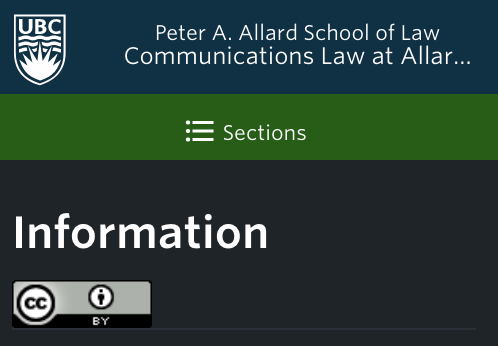Introduction
As a fan of all varieties of theme parks and water parks, this article from McMillan summarizing a case on the scope of patent protection for waterslide features immediately caught my attention.
Section 42 of the Patent Act
Under s. 42 of the Patent Act, the granting of a patent to a patentee confers “the exclusive right, privilege and liberty of making, constructing and using the invention and selling it to others to be used.”
ProSlide’s Infringement Claim
In ProSlide v. WhiteWater, the Federal Court clarified and built on the legal principles expressed in Steelhead on what constitutes “use” under s. 42. ProSlide and WhiteWater are two of the largest waterslide companies in the world. ProSlide claimed that WhiteWater infringed its patents related to a waterslide feature called the “FlyingSAUCER.”
One of the key issues was whether WhiteWater made, constructed, used, or sold any of the impugned products in Canada so as to violate ProSlide’s exclusive rights under s. 42. This issue was complicated by the fact that WhiteWater, with few exceptions, does not physically manufacture, assemble, or use its products in Canada – rather, it uses a subcontractor which delivers the waterslide components to WhiteWater’s customer for final assembly and use at the customer’s location. ProSlide argued that by creating detailed conceptual designs of the impugned products in Canada and providing these designs to subcontractors for out-of-country assembly, WhiteWater’s conduct constituted infringement under s. 42 because “[it] is essentially doing, in Canada, everything to make […] the slides, apart from those final steps of the physical making.”

Credit: https://www.proslide.com/projects/raging-waters-sydney/
Court’s Decision
The Court held that per Steelhead, “[w]here a patent claims a physical object, the patentee’s exclusive rights under section 42 of the Patent Act to ‘use’ the invention extend only to that object. They do not also include the use of conceptual designs or drawings of that object” [emphasis added]. The Court extended this principle by asserting that “there is no basis in law to find that generating detailed computer-aided designs and mechanical drawings in Canada is ‘making’ the claimed invention, where the invention as claimed is for a physical object” [emphasis added]. Since WhiteWater did not “make” or “use” the impugned products in Canada, they were not liable for infringement under s. 42.
Thoughts
This interpretation of “making” and “using” seems overly narrow to me. I agree with ProSlide that in the circumstances of this case, WhiteWater’s process of manufacturing the impugned physical objects begins in Canada, through the conceptual designs, and should therefore attract liability under Canadian patent law. The courts’ strict interpretation of the words “making” and “using” in this case and in Steelhead seem out of step with the purposive approach that is typically employed for statutory interpretation issues. I’d love to hear your thoughts on this!
 Copyright & Social Media
Copyright & Social Media Communications Law
Communications Law
Amazing blog post Allison! I thoroughly enjoyed learning about this overly narrow interpretation of “making” and “using” in relation to WhiteWater and ProSlide. I am looking forward to your continued blog posts.